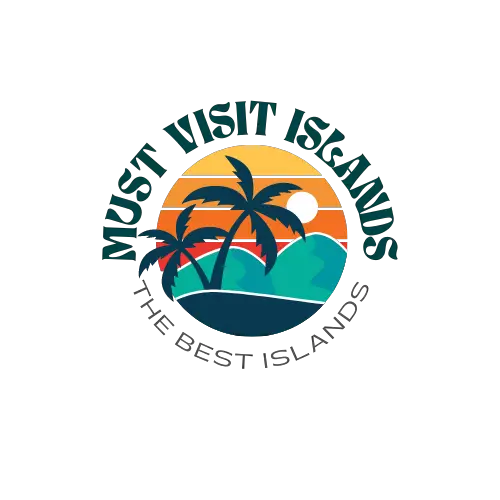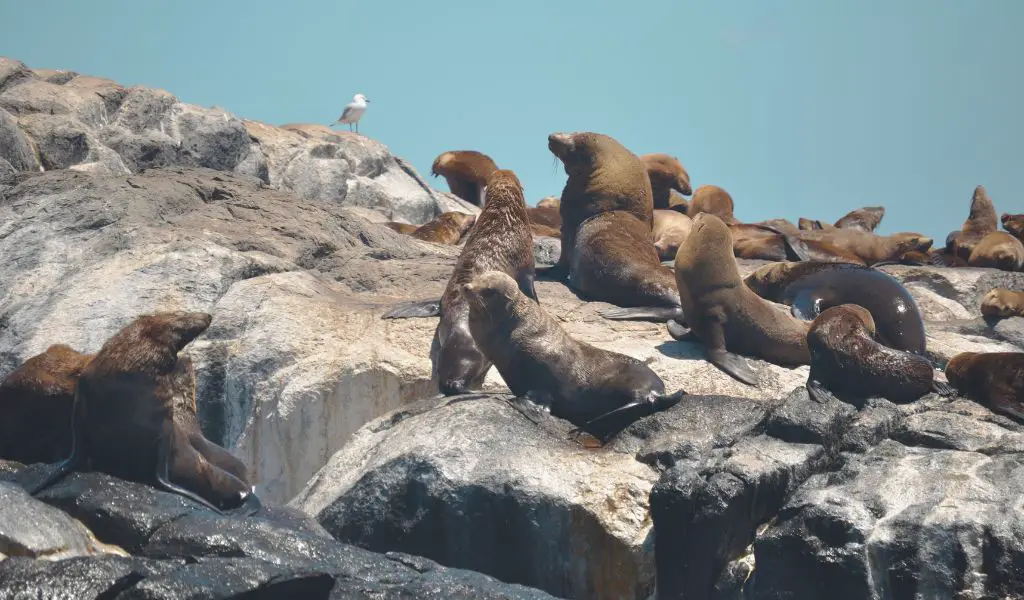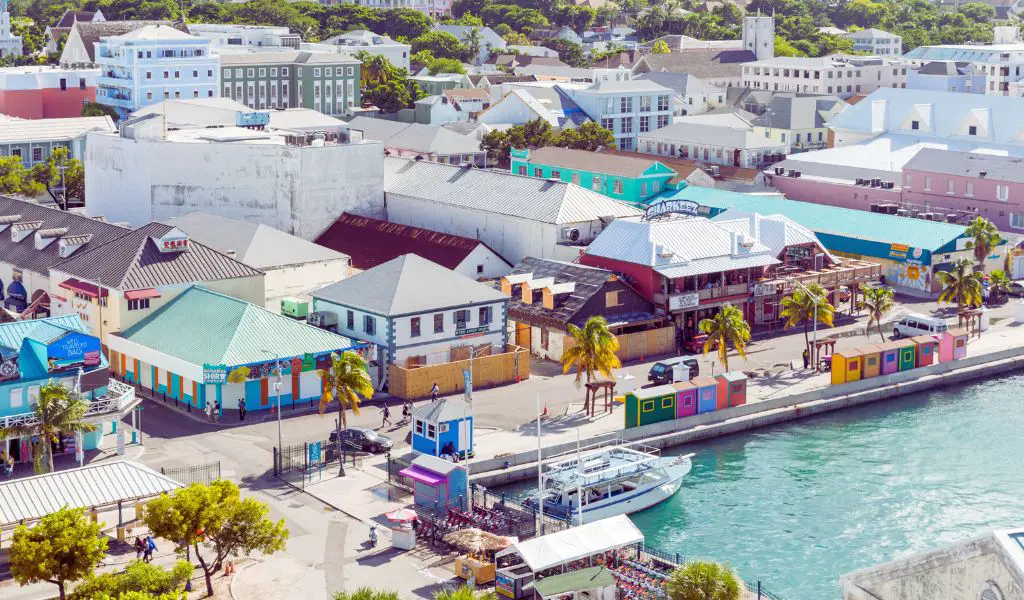Located off the southeastern coast of Australia, the stunning Montague Island stands as an enchanting paradise cloaked in history, natural beauty, and a tranquil ambience. This idyllic retreat, a part of the Eurobodalla National Park, boasts a land area of 81 hectares and is approximately 9 kilometers off the mainland town of Narooma in New South Wales.
About Montague Island
Montague Island, known as Barunguba in the indigenous Dhurga language, is an iconic landmark deeply imbued with Aboriginal history.
Traditionally, the island served as a ceremonial site and a place for gathering muttonbirds for the local Yuin people.
History
Its European history dates back to 1797 when it was named by the ship’s captain of ‘The Britannia’.
The island’s signature attraction, the Montague Island Lighthouse, was established in 1881 to guide vessels along the NSW South Coast.
Environment
The topography of Montague Island is characterized by a mix of gently sloping grasslands, low shrubs, and a rocky coastline that shelters diverse marine life.
The island’s dynamic ecosystem is a significant feature that enhances its allure.
Home to the largest colony of Australian fur seals, it is also a sanctuary for over 90 bird species including penguins and shearwaters.
The island’s shores provide an extraordinary vantage point for spotting migrating whales between September and November.
Attractions
Adventure and tranquility harmoniously blend on Montague Island, with activities ranging from guided tours around the island’s historical features, to wildlife watching, snorkeling, and scuba diving around the clear, sapphire waters that surround the island.
For visitors seeking a slower pace, the tranquility and seclusion offer an excellent opportunity for relaxation, reflection, and revitalizing connection with nature.
Population
Montague Island is not permanently populated; it’s primarily a nature reserve managed by the National Parks and Wildlife Service of New South Wales.
However, it is staffed year-round by a small group of park rangers and volunteer caretakers.
When to Go
The island is accessible and attractive year-round. From September to November, visitors can witness the annual whale migration.
In the warmer months, from November to April, it is an ideal time for snorkeling and diving, while the cooler months are perfect for bird watching.
How to Get There
Access to Montague Island is strictly controlled to protect its fragile ecosystems.
Regular boat tours depart from the town of Narooma, a three-hour drive from Canberra.
Private charters can also be arranged, and all visits should be pre-booked and accompanied by a guide.
Highlights
The lighthouse tour is a must-do, offering breathtaking panoramic views.
Wildlife spotting, particularly the seal colonies, penguin rookeries, and bird-watching are key highlights.
The diving and snorkeling experiences around the island are exceptional due to the abundance of marine life.
What You Should Know
You need to be prepared for changing weather conditions; pack accordingly. Remember, the island is a nature reserve, so leave no trace. Respect the wildlife and keep a safe distance.
FAQs
Can you stay overnight on Montague Island?
Yes, there is limited accommodation available in the renovated lighthouse keepers’ quarters.
How long does it take to get to Montague Island?
Barunguba Montague Island is a 20 minute boat ride from Narooma aboard one of our Vessels Playstation or Nitro.
What is the significance of Montague Island?
The NSW Government has officially given Montague Island Nature Reserve a dual Aboriginal name, in honour of the cultural significance of the island to the Yuin people.
Barunguba Montague Island Nature Reserve, off Narooma on the NSW south coast, is valued as a significant ceremonial area and resource gathering place
What is the history of Montague Island?
Montague Island’s indigenous history can be traced back to the local aboriginal people who dwelled on the island.
The island was originally called “Barunguba” which means “oldest son of Guluga”. The island is also called Mount Dromedary, the brother of Najunuka found at the base of Gulaga.




